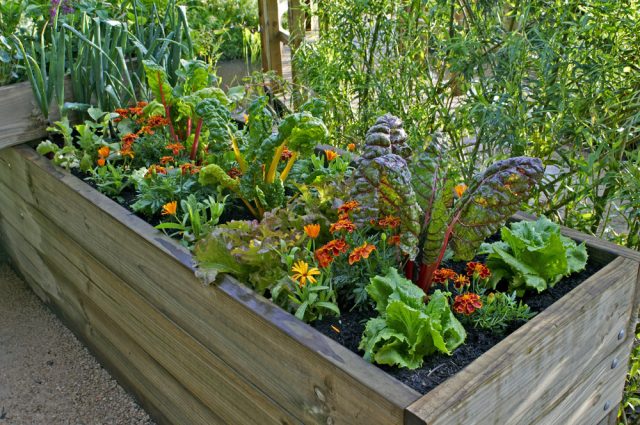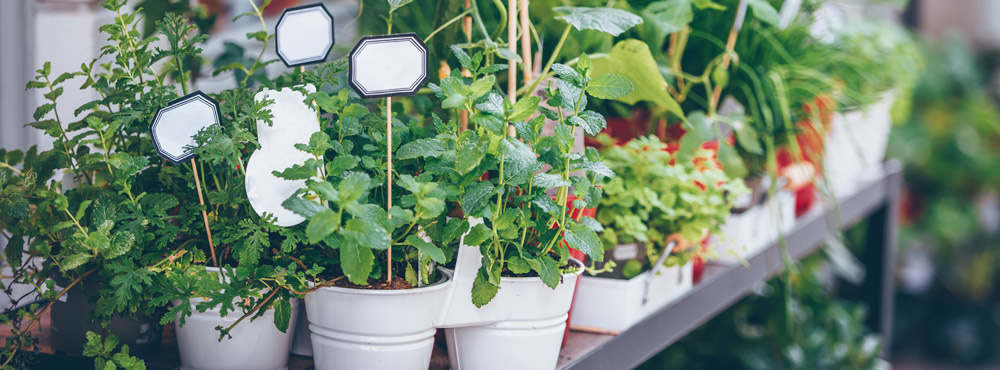Growing your own plants and herbs at home isn’t just about sustainability. This hobby can also help you feel relaxed as well as give you a sense of fulfillment. Starting your own garden at home doesn’t have to be expensive or difficult. With the right knowledge, determination, and a natural love for plants, you can enjoy the ‘fruits’ of your labor in no time. The anthurium crystallinum is native to Central and South America, loved by many for its heart-shaped leaves. The Crystallinum species is a tropical evergreen with foliage that is velvety to the touch. Its leaves can differ in colors, and they usually come in different shades of green or dark purple.
Here are the steps to take in growing your own plants and herbs at home.
1.Decide What Plants And Herbs To Grow
The first step to beginning your own vegetable garden is to decide what type of plants and herbs you’re going to grow in your garden. The most common herbs are mint, basil, oregano, thyme and dill. However, there are many herbs that are grown in the Mediterranean region, like rosemary, cilantro, and fennel.
You may also consider growing all types of vegetables, such as potatoes, carrots, cucumbers, broccoli, and zucchini. Some people even grow cannabis at home. Visit www.seedsupreme.com if you want to learn more about growing weed at home.
2. Research About The Plants
Although many people buy starter seedlings in garden stores, some prefer to start their garden by growing from seeds. If this is the case, it’s best to make sure that you read through the instructions on the seed packages so you’ll have an idea of how the specific plants will be planted. Some plants may need specific soil conditions, while other plants may require different growing conditions. If you’re unsure about the instructions, you can always research more about the best ways to grow the plants online.
You can also purchase kits that will teach you how to grow herbs and vegetables, as well as books that will show you how to grow plants from start to finish.
3. Choose A Location
Next, you’ll need to figure out the location of your garden and the type of soil you’re going to use. It’s important to be sure that your plants will thrive when they’re in their location and that they’ll receive the proper amounts of water and nutrients.
Whether you’re growing plants indoors or outdoors, you need to consider how much light the plants will get in your planned garden location. All plants need light to thrive and although their needs may differ, you need to ensure that they receive the proper amount of light they need for optimum growth.
4. Prepare The Soil
Next, choose the type of soil that is ideal for the plants that you’re planning to grow. For example, if you’re growing herbs such as basil, you’ll want to choose a soil that has a high concentration of potassium. A lot of people think that using peat moss or certain types of organic soil is okay for growing herbs. However, your plants may not be getting the right amount of nutrients from them.
5. Consider Other Materials
You also need to consider other materials that you may need as the plants grow. For example, if you’re growing climbing vegetables such as beans or cucumber, you may need a trellis or a similar structure for your plant to climb on. If you’re growing plants indoors, consider getting grow lights for your plants. This may be hard work, but you’ll find that it’s worth it in the end.
6. Ground Or Container?
It’s also important to determine the amount of space that your garden will take up. For instance, if you live in an apartment or in a studio, you may not have a huge garden. Always consider the space that your garden needs so that it does not overcrowd your living space.
Don’t despair if you have a small living space as you can still grow plants and herbs in containers. Once you have an idea about what type of plant you want to grow, you will be able to decide what type of container to use as well as what plants to grow in which type of container.
Herbs may be grown in small pots and taken inside during the cold winter months. Other vegetables and plants may need bigger containers to grow in, so this is another thing to consider.
7. Keep Your Plants Happy
Last but not the least, ensure that you keep your plants happy and thriving. Whether you’re planting herbs or vegetables, it’s best to provide your plants with their light and water needs. Most, if not all, plants also need fertilizers to help them produce flowers and fruits, and you should be ready to provide this during the growing season.
Final Thoughts
The last thing that you should do when you’re learning to grow your own plants and herbs is to enjoy the process. If you take the time to enjoy your plants, you’ll see that this is something that you can do, every day, every year, for a very long time. When you love taking care of them, they’ll be ready to harvest in no time.






